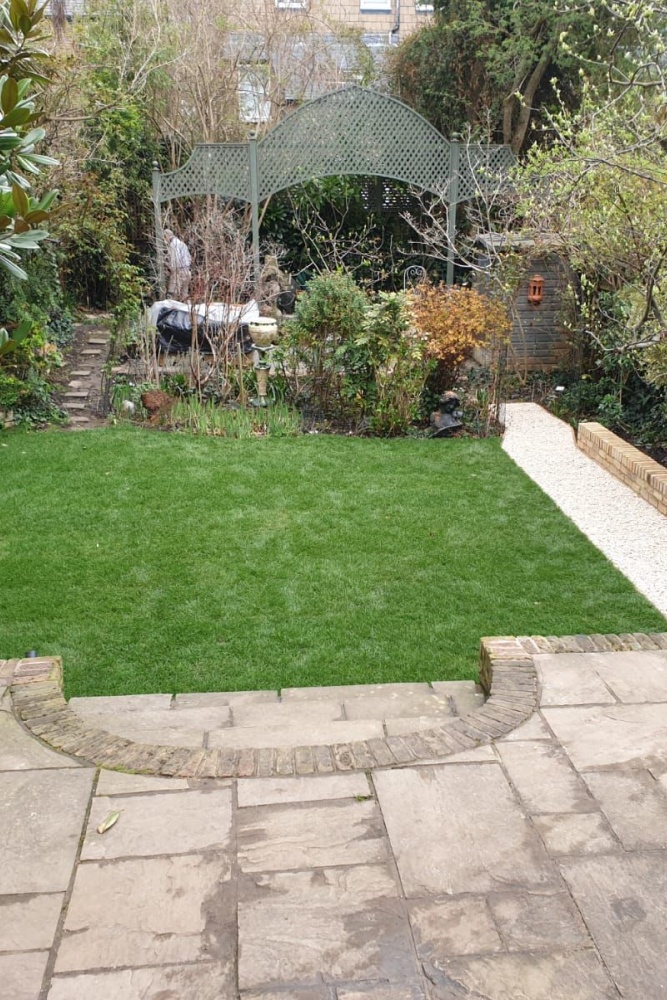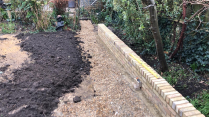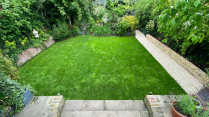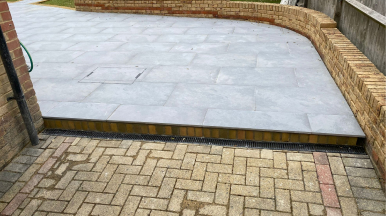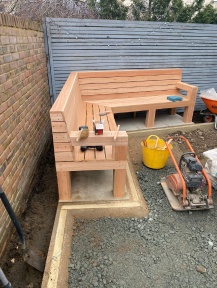In the intricate tapestry of a thriving garden, the significance of good drainage cannot be overstated. Like the circulatory system in the human body, proper drainage is the lifeblood that sustains plant health and ensures the vitality of the soil. When drainage falters, a cascade of detrimental effects ensues, wreaking havoc on plants, soil structure, and the overall well-being of the garden. Poor drainage sets the stage for waterlogged soil, suffocating plant roots, promoting disease, and impeding the availability of essential nutrients.
Good drainage is especially important if your garden is on a slope. You will want to avoid water ingress into your property by considering a drainage solution which heads the water off before it reaches your house, seeps inside, and causes damage to your interiors. Even with a garden that slopes away from the house and has adequate drainage, there can be a risk of flash flooding. If your air bricks are at ground level, a large downpour of water coming into your garden at one time can lead to drainage dramas.
Recognising the pivotal role drainage plays in the delicate balance of garden dynamics underscores the need for proactive measures that address and optimise this fundamental aspect, ultimately paving the way for a flourishing and resilient garden.

Director, Luke Richards at Terra Firma Landscapes London, provides his take on why drainage should be one of the first things you consider when starting any garden design project. He also explains the most common types of drainage systems that could provide the drainage solution you require.

